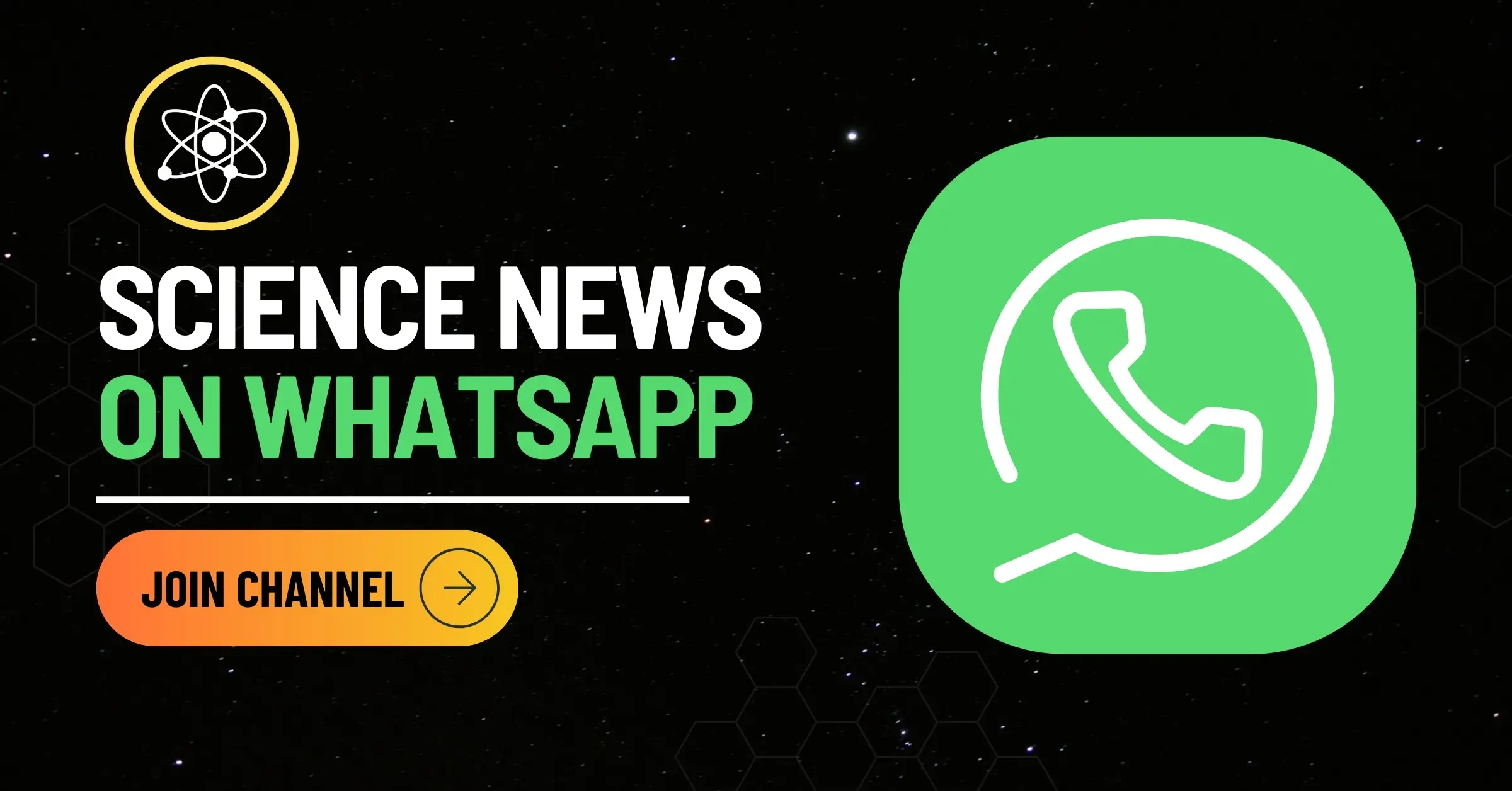A recent study investigating the physical constraints on Unidentified Aerial Phenomena (UAP) interpretations using standard physics principles has provided valuable insights for better understanding and interpreting these enigmatic sightings.
Are Alien Motherships Sending Tiny Probes to Investigate Earth
Based on the information provided in the study, there is a possibility that an alien mothership could be in the solar system, sending out tiny probes dubbed “dandelion seeds” to explore the planets within. This concept is inspired by the coincidental discovery of the interstellar objects ‘Oumuamua and IM2, which led to the consideration of an artificial interstellar object releasing small probes during its close passage to Earth.
The authors of the study also propose that aliens would likely want to explore rocky planets with an atmosphere in the solar system. These planets would be attractive to trans-medium probes capable of moving between space, air, and water, as they may contain habitable regions where liquid water exists on the surface.
It is important to note that while the study discusses these possibilities, it does not provide direct evidence of extraterrestrial life or the existence of an alien mothership in the solar system.
The research aims to establish physics-based constraints on the search and characterization of UAP to eliminate or bound observational uncertainties and better understand truly anomalous behavior. Further studies, surveys, and telescopes, such as the Legacy Survey of Space and Time (LSST) and the James Webb Space Telescope, will help to deepen our understanding of these mysterious phenomena.
UAP, which refers to objects or events that cannot be easily identified or explained, are often associated with highly maneuverable movements. The study examines the expected signatures of UAP, such as friction with surrounding air or water creating bright optical fireballs, ionization shells, and tails. These phenomena would generate radio signatures. Furthermore, the study discusses the relationship between fireball luminosity, radar cross-sections, and the distance and size of the UAP.
The research highlights that if these signatures are not observed, it could imply that the distance measurements and derived velocities for the UAP may be inaccurate, particularly for single site sensors without a range gate capability.
The study was inspired by the coincidental discovery of the interstellar objects ‘Oumuamua and IM2, which led to the consideration of an artificial interstellar object releasing small probes during its close passage to Earth. These tiny probes, akin to “dandelion seeds,” could be difficult to detect due to their small size but could potentially provide valuable information about their origin.
The Galileo Project, which aims to retrieve fragments of the first interstellar meteor (IM1) and explore the possibility of functioning extraterrestrial probes near Earth, is also discussed in the paper. The project’s goals align with the research’s aim to establish physics-based constraints on the search and characterization of UAP to better understand truly anomalous behavior.
While the study does not provide direct evidence of extraterrestrial life or UFO existence, it offers a valuable contribution to our understanding of UAP and their observable signatures. Future surveys and telescopes, such as the Legacy Survey of Space and Time (LSST) and the James Webb Space Telescope, are expected to help calibrate the actual abundance of interstellar objects and further our understanding of these mysterious phenomena.





